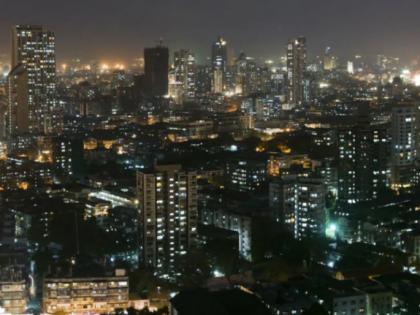New Report Reveals Why India's Big Cities Are Experiencing More Heat at Night
By Lokmat English Desk | Updated: May 31, 2024 17:35 IST2024-05-31T17:31:55+5:302024-05-31T17:35:44+5:30
The recent rise in heatwaves around the country has exacerbated living conditions in metropolises such as Mumbai and Delhi. ...

New Report Reveals Why India's Big Cities Are Experiencing More Heat at Night
The recent rise in heatwaves around the country has exacerbated living conditions in metropolises such as Mumbai and Delhi. Across the country, the temperature has crossed 45 degrees Celsius in many places while the mercury is close to 50 degrees. Meanwhile, a new report from the Centre for Science and Environment has been released which explains why cities are experiencing such a huge amount of heat.
Also Read | Heatwave in India: 227 Deaths Reported in Past 24 Hours, Including 164 in Uttar Pradesh and 60 in Bihar
Due to urbanization, areas of India's more than 140 major cities are 60 percent warmer than areas without cities at night. Cities in India are experiencing more heat due to rising concrete forests and humidity levels. Cities are no longer in the same situation as they have been in the past few years. The Centre for Science and Environment analyzed six metros — Delhi, Mumbai, Kolkata, Hyderabad, Bengaluru, and Chennai — from January 2001 to April 2024. It analyzes air temperature, soil surface temperature, and humidity during the summer season.
According to the report, the increased humidity is causing warming in all urban areas. The impact is also reflected in the slight drop in air temperatures in Delhi and Hyderabad. Apart from Bengaluru, the average relative humidity in summer has increased by 5 to 10 times from 2014 to 2023 compared to the average of 2001 to 2010 in five metros except Bengaluru.
On the other hand, urbanization is believed to be responsible for the impact of urban heat islands. An urban heat island is where concrete and asphalt surfaces absorb heat during the day and release it in the evening, leading to higher night temperatures. Over time, this warming affects other aspects of the climate, including rainfall and pollution. Urbanization and changes in local climate have contributed significantly to the rise in night temperatures over the past two decades. The impact of rising temperatures in all these cities across the country was recorded at 0.2 degrees Celsius per decade. As a result, about 37.73 percent of the total global warming was based on urbanization. The increase was 60 percent higher than in nearby non-urban areas.
The important thing is that at present, all parts of the country, including metros, are reeling under severe heat, which is also affecting the health of the citizens. The need to draw attention to sustainable urban living has become more important than ever.
Open in app